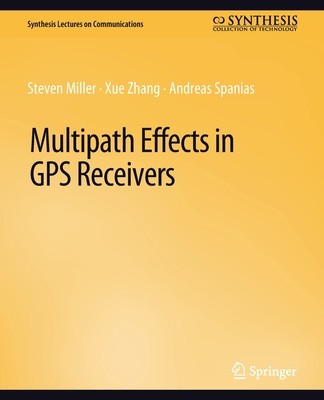
- We will send in 10–14 business days.
- Author: Steven Miller
- Publisher: Springer
- ISBN-10: 3031005546
- ISBN-13: 9783031005541
- Format: 19.1 x 23.5 x 0.4 cm, minkšti viršeliai
- Language: English
- SAVE -10% with code: EXTRA
Reviews
Description
Autonomous vehicles use global navigation satellite systems (GNSS) to provide a position within a few centimeters of truth. Centimeter positioning requires accurate measurement of each satellite's direct path propagation time. Multipath corrupts the propagation time estimate by creating a time-varying bias. A GNSS receiver model is developed and the effects of multipath are investigated. MATLABtm code is provided to enable readers to run simple GNSS receiver simulations. More specifically, GNSS signal models are presented and multipath mitigation techniques are described for various multipath conditions. Appendices are included in the booklet to derive some of the basics on early minus late code synchronization methods. Details on the numerically controlled oscillator and its properties are also given in the appendix.
EXTRA 10 % discount with code: EXTRA
The promotion ends in 22d.15:12:45
The discount code is valid when purchasing from 10 €. Discounts do not stack.
- Author: Steven Miller
- Publisher: Springer
- ISBN-10: 3031005546
- ISBN-13: 9783031005541
- Format: 19.1 x 23.5 x 0.4 cm, minkšti viršeliai
- Language: English English
Autonomous vehicles use global navigation satellite systems (GNSS) to provide a position within a few centimeters of truth. Centimeter positioning requires accurate measurement of each satellite's direct path propagation time. Multipath corrupts the propagation time estimate by creating a time-varying bias. A GNSS receiver model is developed and the effects of multipath are investigated. MATLABtm code is provided to enable readers to run simple GNSS receiver simulations. More specifically, GNSS signal models are presented and multipath mitigation techniques are described for various multipath conditions. Appendices are included in the booklet to derive some of the basics on early minus late code synchronization methods. Details on the numerically controlled oscillator and its properties are also given in the appendix.


Reviews